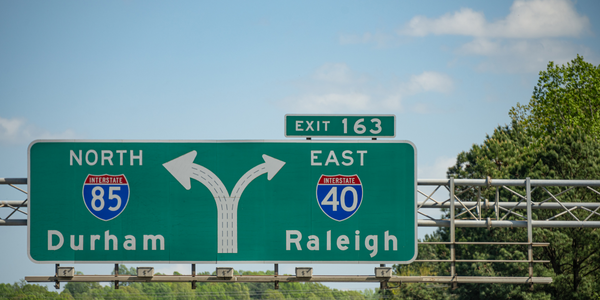高速公路标志物联网解决方案

技术
- 功能应用 - 远程监控系统
适用行业
- 城市与自治市
适用功能
- 商业运营
用例
- 智慧城市运营
客户
乔治亚州、密苏里州和卡罗来纳州
关于客户
乔治亚州、密苏里州和卡罗来纳州
挑战
我们都熟悉固定在立交桥上的电子道路标志,以及高速公路上的便携式设备,甚至是次要道路。长期以来,更新这些标志上的信息既昂贵又困难,因为它需要经过批准的个人(警察、交通部等)来更新这些标志。这在琥珀警报等安全事件期间尤其重要——需要更好的解决方案。
解决方案
Vikon International, Inc. 与需要软件解决方案的现有定制硬件平台接洽 Sine-Wave。与 Vikon 合作,Sine-Wave 创建了一个利用 Sine-Wave 数字神经系统的在线标志管理应用程序。 Vikon 的独特之处在于他们的定制硬件允许控制标志,而且该硬件通过很少使用的“寻呼机”网络进行通信以降低通信成本。利用 Sine-Wave 平台的开放特性,我们快速构建了适用于寻呼机网络和 Vikon 定制硬件的适配器。该软件的用户,例如交通部,需要跟踪丢失或被盗的标志。沿特定路线更新标志的能力至关重要。利用 Sine-Wave 地理空间引擎的强大功能,只需在基于浏览器的数字仪表板上单击鼠标,这些功能就会变得生动起来。
运营影响

Case Study missing?
Start adding your own!
Register with your work email and create a new case study profile for your business.
相关案例.

Case Study
Turning A Stadium Into A Smart Building
Honeywell created what it called the “intelligent system” for the National Stadium in Beijing, China, turning the venue for the opening and closing events at the 2008 Summer Olympics into a “smart building.” Designed by highly controversial artist Ai Weiwei, the “Bird’s Nest” remains one of the most impressive feats of stadium architecture in the world. The 250,000 square meter structure housed more than 100,000 athletes and spectators at a time. To accommodate such capacity, China turned to Honeywell’s EBI Integrated Building Management System to create an integrated “intelligent system” for improved building security, safety and energy efficiency.
.png)
Case Study
Smart Street Light Network (Copenhagen)
Key stakeholders are taking a comprehensive approach to rethinking smart city innovation. City leaders have collaborated through partnerships involving government, research institutions and solution providers. The Copenhagen Solutions Lab is one of the leading organizations at the forefront of this movement. By bringing together manufacturers with municipal buyers, the Copenhagen Solutions Lab has catalyzed the development and deployment of next-generation smart city innovations. Copenhagen is leveraging this unique approach to accelerate the implementation of smart city solutions. One of the primary focus areas is LED street lighting.

Case Study
Buoy Status Monitoring with LoRa
The Netherlands are well-known for their inland waterways, canals, sluices and of course port activities. The Dutch Ministry of Infrastructure indicates that there are thousands of buoys and fixed items in and near water environments that would profit from IoT monitoring. One of the problems with buoys for example, is that they get hit by ships and the anchor cable breaks. Without connectivity, it takes quite some time to find out that something has happened with that buoy. Not to mention the costs of renting a boat to go to the buoy to fix it. Another important issue, is that there is no real-time monitoring of the buoys at this moment. Only by physically visiting the object on the water, one gains insight in its status.

Case Study
China Mobile Smart Parking
Smart Parking, powered by NB-IoT technology, is making it easier for drivers to find free parking spots. Cities can better manage their parking assets and maximize the revenue available to them as a result. Drivers searching for parking create congestion and pollution by circling and hunting for available parking. Smart Parking services are able to significantly ease these problems by guiding a driver directly to a parking space.

Case Study
Barcelona Case Study
Barcelona’s heavy traffic and its associated high levels of pollution were the primary factors that motivated some companies and universities to work on strategies for improving traffic in the city centre. Bitcarrier is one of the technologies involved in the In4Mo Project, whose main objective is to develop the applications that form the core of smart mobility, one of the fundamental pillars of the smart city concept.



